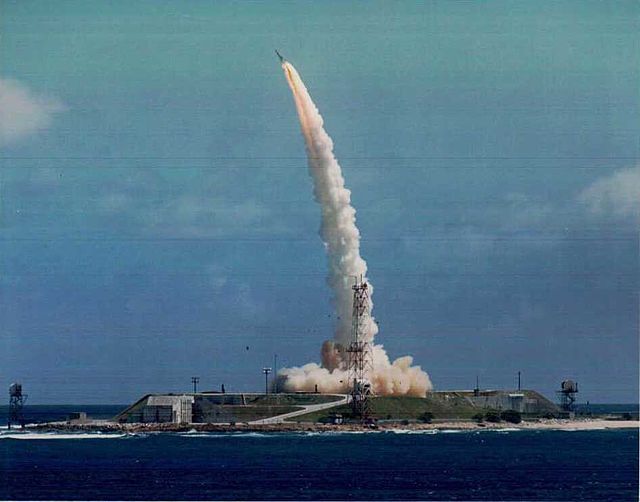By: Friedrich Seiltgen
There’s been a lot of talk lately about Russian and Chinese forces deploying new Hypersonic (Mach 5+) missiles.
There’s also been a lot of hand-ringing over these reports. I’m here to tell you not to worry. In a previous life, I worked at Martin Marietta Aerospace on the Night Vision/Targeting System for the AH-64 Apache helicopter gunship.
While working on that program, I worked alongside many engineers. Most of these folks worked on several different Martin programs, as well as a few who worked on the Apollo program! They could tell you stories you wouldn’t believe.
One engineer I worked closely with also worked on the Sprint Missile and gave me the skinny on it. Designed in the late 60s, the Sprint was an incredible piece of engineering for its time. Designed as a Surface-to-Air Interceptor, the Sprint had to intercept incoming nuclear warheads that had descended below 60 kilometers (37) miles.
To accomplish this task, the Sprint had to be fast! All together everyone – “How fast was it?!” How about 0 to Mach 10 (7,610 mph) in five seconds! That’s not a misprint! At that speed, the missile had to withstand an acceleration rate of 130 Gs and a skin temperature of 6,200 degrees Fahrenheit! The Sprint was a two-stage rocket, and while both motors were considered solid fuel, the first stage included gelled nitroglycerin in the mix.
The launch was essentially a controlled explosion. The Sprint was cold launched out of its silo, the first stage ignited, the missile made what looks like a 45-degree turn and burned for 1.5 seconds. The second stage took over, and the missile turned white hot as it reached its top speed, sending the Sprint to intercept incoming warheads with its W66 nuclear warhead. Here is a video of a Sprint test Launch – Don’t blink: https://www.youtube.com/watch?v=kvZGaMt7UgQ
My engineer colleague told me the initial launches failed as the intense heat/friction destroyed the missile in flight. Many re-designs were made to solve this problem, including a new style nose cone and power modifications to the radio guidance as the heat also prevented radio transmissions from reaching the missile. When you look at the video of the missile speeding away, it formed a plasma ball in front of the nose to deflect the heat.
Initially, the Sprint Missile system was deployed in North Dakota to protect America’s nuclear missile fleet in Grand Forks. It went operational and then almost immediately shut down due to Congress, high costs, and the SALT II arms treaty! There is a restored Sprint Missile battery located in Cavalier, North Dakota (www.rsl3.com), that was part of the Stanley Mickelson Safeguard Complex, aka the Pyramid.
I wouldn’t be too concerned about our enemies deploying hypersonic missiles. If the US was building these missiles 50 years ago, imagine what’s out there now!
That’s all for now folks! Please keep sending in your questions, tips, and article ideas. And as always – “Let’s be careful out there.”
Friedrich Seiltgen is a retired Master Police Officer with 20 years of service with the Orlando Police Department. He conducts training in Lone Wolf Terrorism, Firearms, First Aid, Active Shooter Response, and Law Enforcement Vehicle Operations in Florida. His writing has appeared in The Counter Terrorist Magazine, American Thinker, Homeland Security Today, and The Journal of Counterterrorism & Homeland Security International. Contact him at [email protected].

